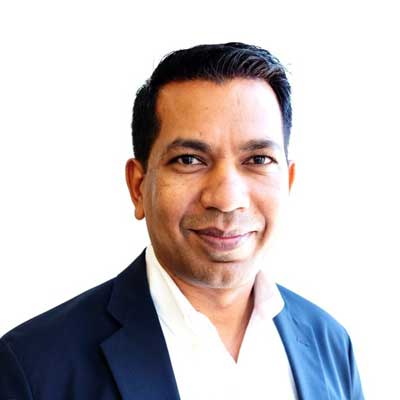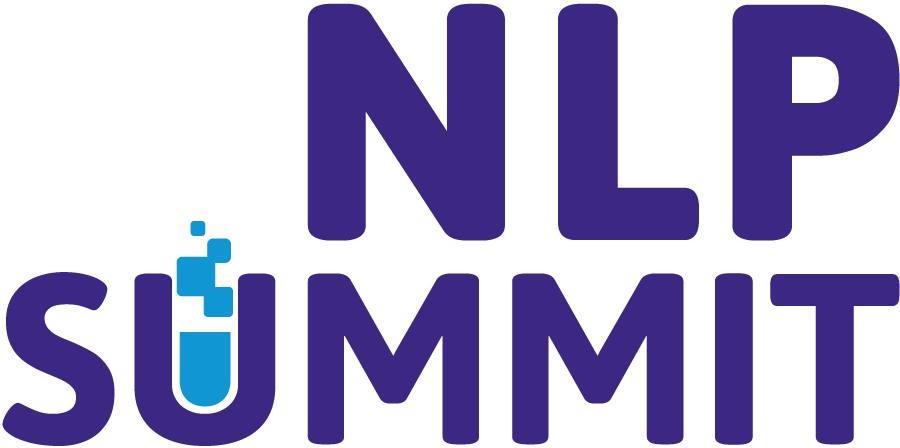Patient Experience and Value-Based Care
Natural language processing (NLP) technology makes it possible for doctors to spend more time with patients, enhance the care experience, and improve health outcomes.
According to several studies, physicians spend 50% or more of their time during a patient visit updating information in provider systems like EHRs (electronic health records) while only spending 25% of their time actively engaging with patients.
However, devices like Apple Watches and smartphones are now playing a significant role in reducing the administrative burden. By recording the patient/physician dialogue and leveraging NLP technology to convert unstructured conversations into structured clinical records, the providers’ process for updating EHRs becomes fully automated. As a result, physicians spend more time taking care of patients and less time taking care of admin-related tasks.
As healthcare continues its transformation away from fee-for-service models to a more value-based care environment, NLP will play a critical role in other important tasks as well, including measuring provider performance, identifying gaps in care delivery, managing and analyzing data, and reporting to payers and regulators.
When it comes to the future of healthcare, NLP will be a key driver of innovation and progress.

Ram Gautam
Director, Software Engineering at Altais
Altais is focused on helping physicians and the clinical community maximize the health and well-being of their patients.
In his role at Altais, Ram is responsible for creating tools, technology, and services that help enhance the patient experience, improve health outcomes, lower the cost of care, and deliver a sense of professional gratification to physicians. This includes strategy development, planning, and technology implementation.
Ram also provides dynamic, innovative, and forward-thinking leadership as part of the team actively building Altais eNable™. eNable is a next-generation, intelligent end-to-end platform that integrates solutions and unifies people, technology, and data across the healthcare continuum.
In prior roles, he led a number of digital and claims-related healthcare transformation programs to reduce administrative costs and improve the patient experience.
